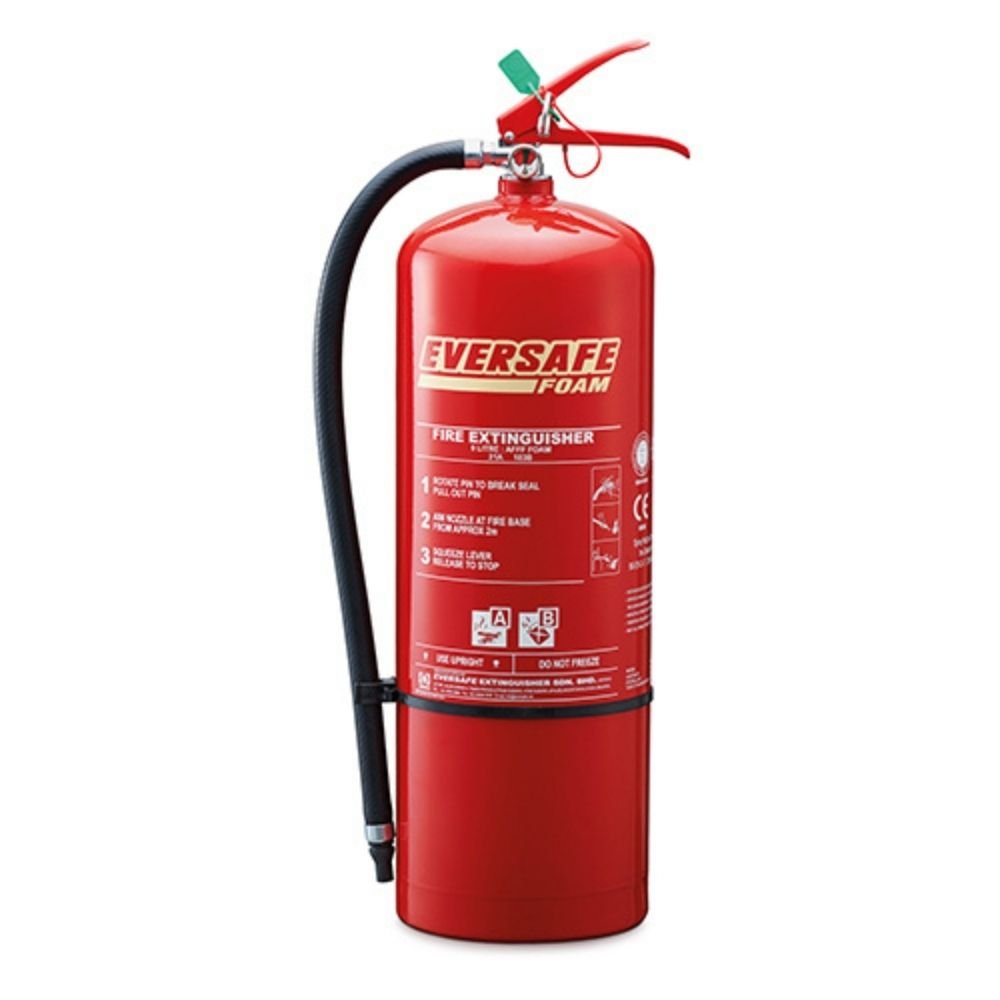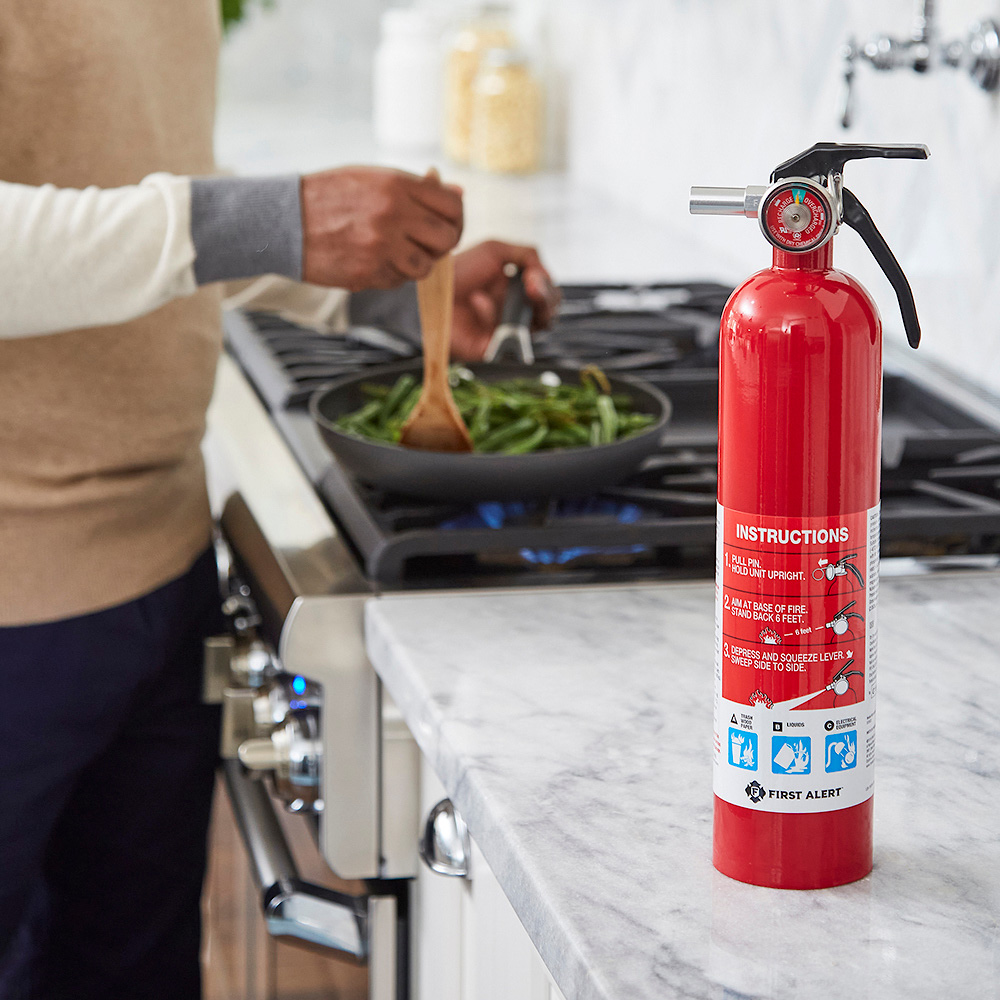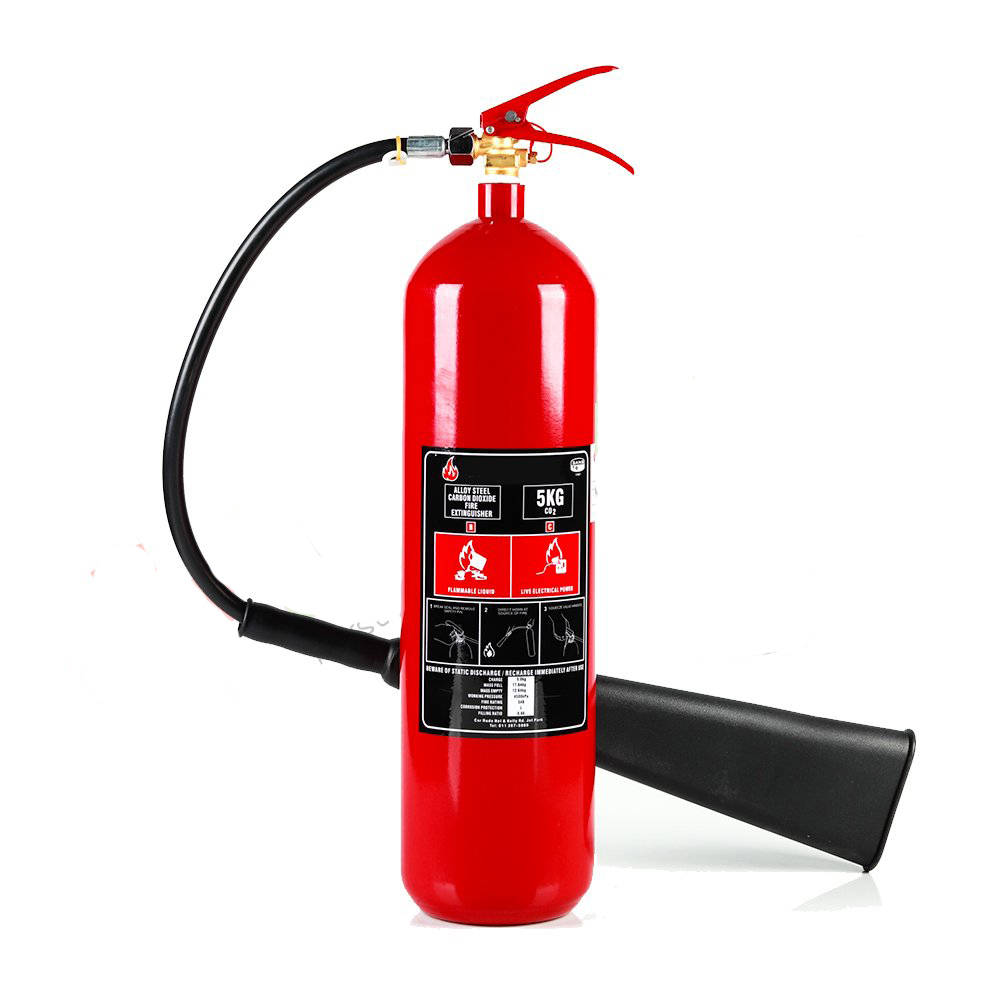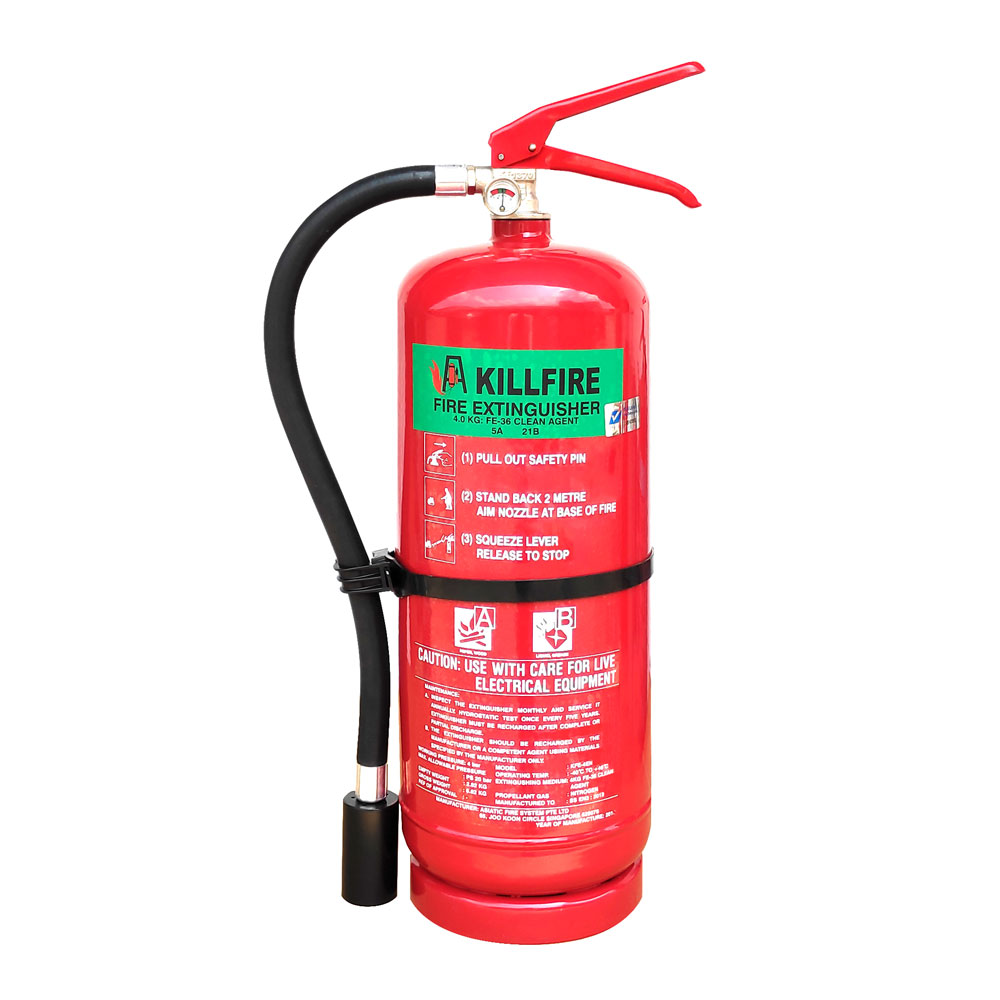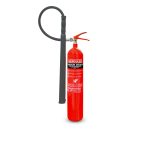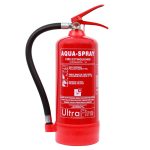A. Importance of Regular Recharging
Regular recharging of fire extinguishers is crucial for maintaining their effectiveness in the event of a fire. Over time, the pressure in the extinguisher can decrease, reducing its ability to expel the fire suppression agent. Additionally, the fire suppression agent itself may settle or become compacted, making it less effective. By recharging the extinguisher at regular intervals, these issues can be addressed, ensuring that the extinguisher will perform as intended in an emergency.
B. Components of a Fire Extinguisher that Require Recharging
When recharging a fire extinguisher, several components need to be addressed. These include the pressure gauge, the fire suppression agent, and the O-rings and seals within the extinguisher. The pressure gauge should be checked to ensure that it is within the recommended range, and the fire suppression agent should be inspected for any signs of settling or compaction. Additionally, the O-rings and seals should be examined for any wear or damage that could compromise the integrity of the extinguisher.
II. Safety Precautions Before Recharging
A. Proper Handling and Discharge of the Extinguisher
Before starting the recharging process, it is important to properly handle and discharge the extinguisher. This may involve depressurizing the extinguisher and discharging any remaining fire suppression agent. It is crucial to follow the manufacturer’s guidelines for handling and discharging the extinguisher to avoid any accidents or injuries.
B. Inspection of the Extinguisher for Damage or Wear
Prior to recharging the extinguisher, a thorough inspection should be conducted to check for any damage or wear. This includes checking for dents, corrosion, or other signs of physical damage to the extinguisher. Additionally, the O-rings and seals should be inspected for any degradation that could compromise the seal of the extinguisher. Any damage or wear should be addressed before proceeding with the recharging process.
C. Ensuring Proper Ventilation in Recharging Area
When recharging a fire extinguisher, it is important to ensure that the recharging area is well-ventilated. This is particularly important when working with certain types of fire suppression agents, as they may release harmful vapors during the recharging process. Proper ventilation will help to prevent the buildup of these vapors and ensure a safe working environment.
III. Dismantling the Fire Extinguisher
A. Discharging any Remaining Pressure
Before beginning the dismantling process, it is crucial to discharge any remaining pressure in the fire extinguisher. This can be done by pressing the lever or nozzle to release any remaining agent. It is important to do this in a well-ventilated area and to wear appropriate safety gear, such as gloves and eye protection, to prevent any accidental discharge.
B. Removing the Head and Valve Assembly
Once the pressure has been discharged, the next step is to remove the head and valve assembly of the fire extinguisher. This can typically be done by unscrewing the assembly from the top of the extinguisher. It is important to handle this part with care, as it may still contain residual extinguishing agent.
C. Inspection of Inner Components for Corrosion or Damage
After the head and valve assembly have been removed, the inner components of the fire extinguisher should be inspected for any signs of corrosion or damage. This may include the cylinder, dip tube, and any internal parts. If any corrosion or damage is found, it may be necessary to replace these components to ensure the extinguisher is in proper working condition.
IV. Recharging the Fire Extinguisher
A. Refilling the Extinguisher with the Correct Extinguishing Agent
Once the fire extinguisher has been dismantled and inspected, it is time to recharge it with the correct extinguishing agent. This may involve refilling the cylinder with dry chemical powder, foam, water, or another suitable agent, depending on the type of extinguisher. It is important to use the appropriate agent for the specific type of fire the extinguisher is designed to combat.
B. Replacing any O-rings, Gaskets, or Seals
During the recharging process, it is also important to inspect and replace any o-rings, gaskets, or seals that may have worn out or become damaged. These components play a crucial role in maintaining the pressure and seal of the extinguisher, so it is important to ensure they are in good condition before reassembling the extinguisher.
C. Reassembling the Head and Valve Assembly
Finally, once the extinguisher has been refilled and any necessary components have been replaced, it is time to reassemble the head and valve assembly. Care should be taken to ensure that all parts are securely fastened and that the assembly is properly sealed to prevent any leaks or loss of pressure.
V. Pressure Testing and Sealing
Maintaining and recharging fire extinguishers is an essential part of keeping your property safe from the threat of fire. In this blog post, we will explore the crucial steps involved in pressure testing and sealing fire extinguishers, as well as the safety standards and regulations that must be followed to ensure their proper functionality.
A. Conducting a Pressure Test to Ensure Proper Levels
One of the fundamental steps in maintaining a fire extinguisher is to conduct a pressure test to ensure that it is operating at the proper levels. This involves using a pressure gauge to measure the pressure inside the extinguisher and ensure it is within the recommended range.
B. Sealing the Extinguisher to Prevent Leaks
In addition to pressure testing, it is crucial to properly seal the extinguisher to prevent any leaks. This involves inspecting the seals and gaskets on the extinguisher to ensure they are in good condition and replacing them if necessary. A proper seal is essential for maintaining the pressure inside the extinguisher and preventing any leakage of the extinguishing agent. By addressing any seal issues, you can ensure that the extinguisher is ready to be used at a moment’s notice.
C. Checking for Proper Functionality
Alongside pressure testing and sealing, it is also essential to check for proper functionality in the fire extinguisher. This includes inspecting the extinguisher for any physical damage, ensuring that the safety pin and tamper seal are intact, and verifying that the nozzle and hose are clear and free of obstruction. Additionally, it is important to shake the extinguisher to prevent the extinguishing agent from settling at the bottom.
Ⅵ.Safety Standards and Regulations
A. Compliance with Manufacturer Guidelines for Recharging
When it comes to recharging fire extinguishers, it is crucial to comply with the manufacturer’s guidelines to ensure that the extinguisher is recharged properly. This includes using the correct type and amount of extinguishing agent, as well as following the recommended recharge procedure.
B. Legal Requirements for Recharging Fire Extinguishers
In addition to following the manufacturer’s guidelines, there are also legal requirements for recharging fire extinguishers that must be adhered to. These requirements may vary depending on the jurisdiction, but they often include having the extinguisher recharged by a licensed professional and ensuring that it is properly labeled with the recharge information.
C. Labeling and Recording Recharge Information
Finally, labeling and recording recharge information is an essential part of maintaining fire extinguishers. This involves labeling the extinguisher with the date of the last recharge, as well as keeping a record of the recharge information for future reference. By documenting this information, you can track the maintenance history of the extinguisher and ensure that it is recharged at the appropriate intervals.
In conclusion, pressure testing and sealing fire extinguishers are critical steps in maintaining their proper functionality, while adhering to safety standards and regulations is essential for ensuring their effectiveness and compliance with the law.
